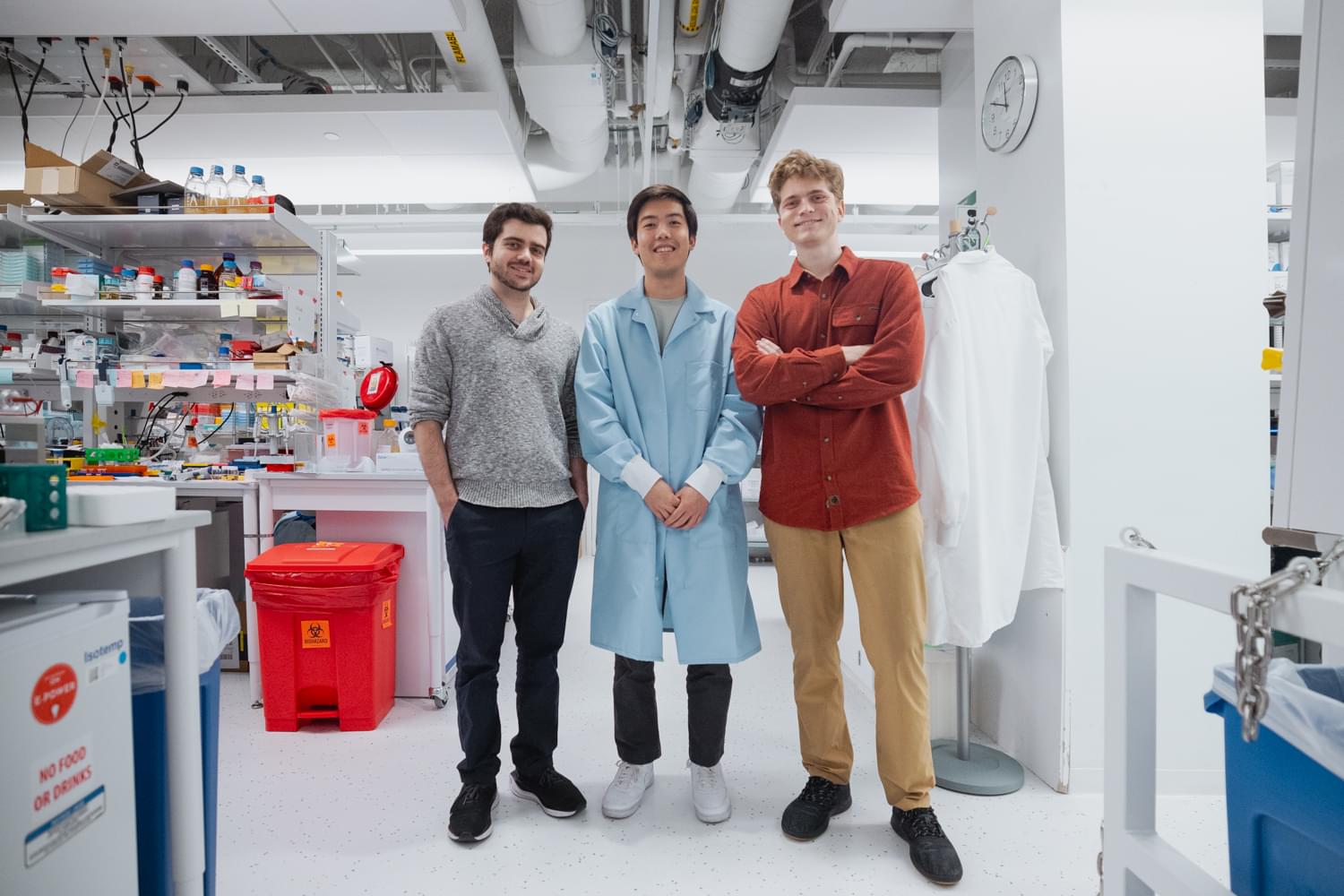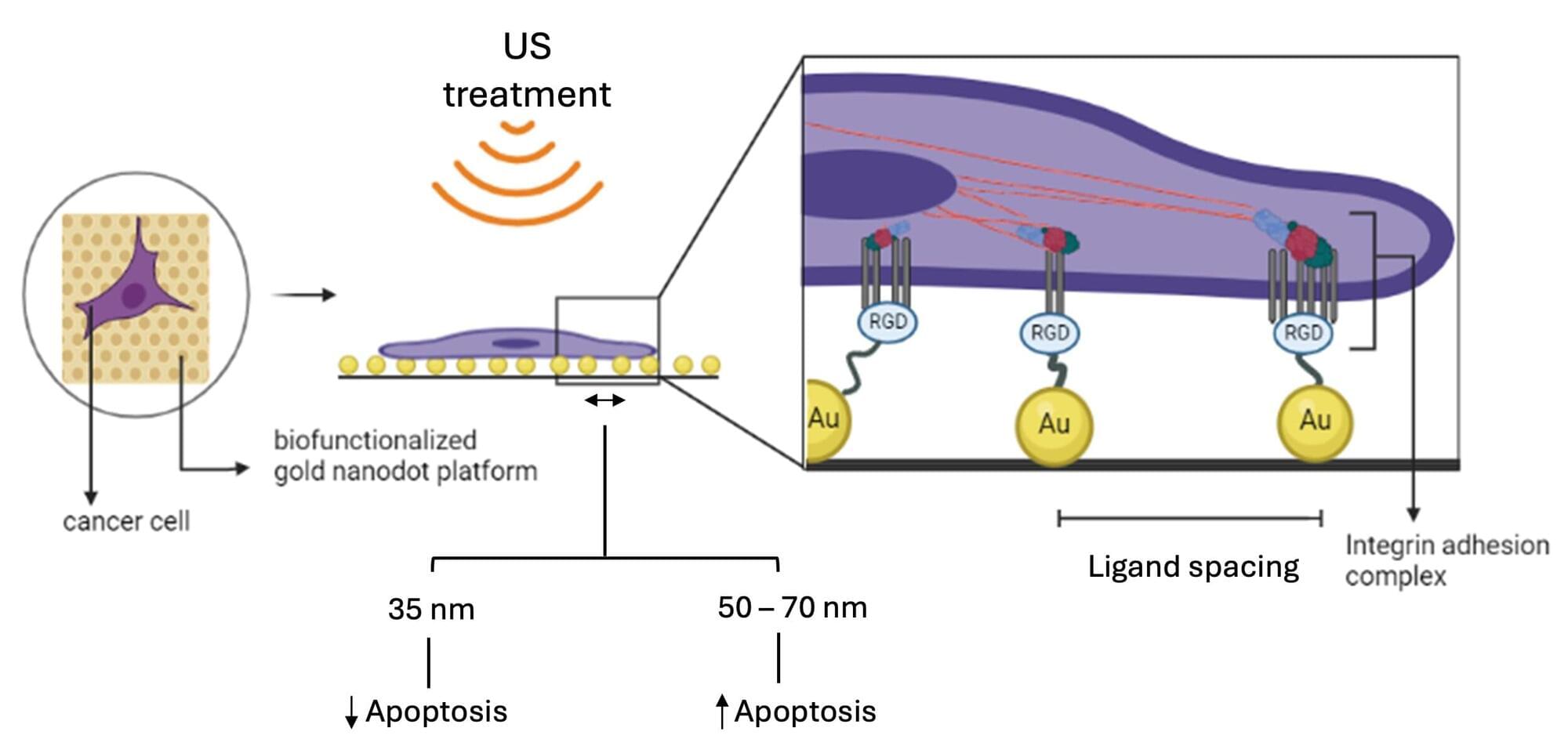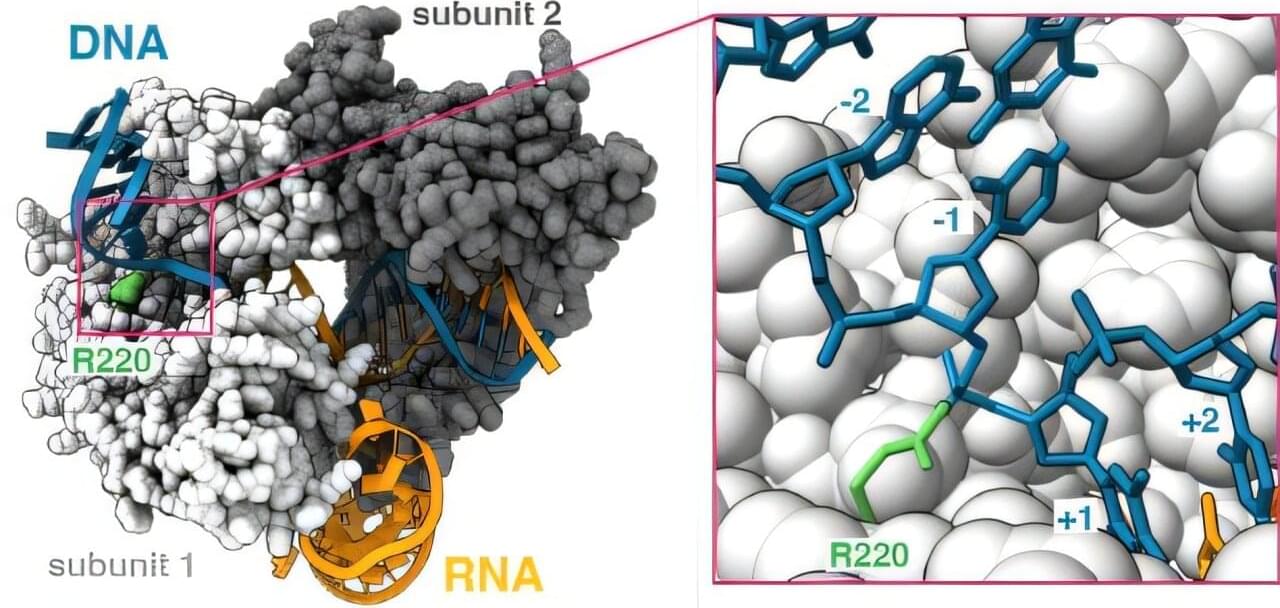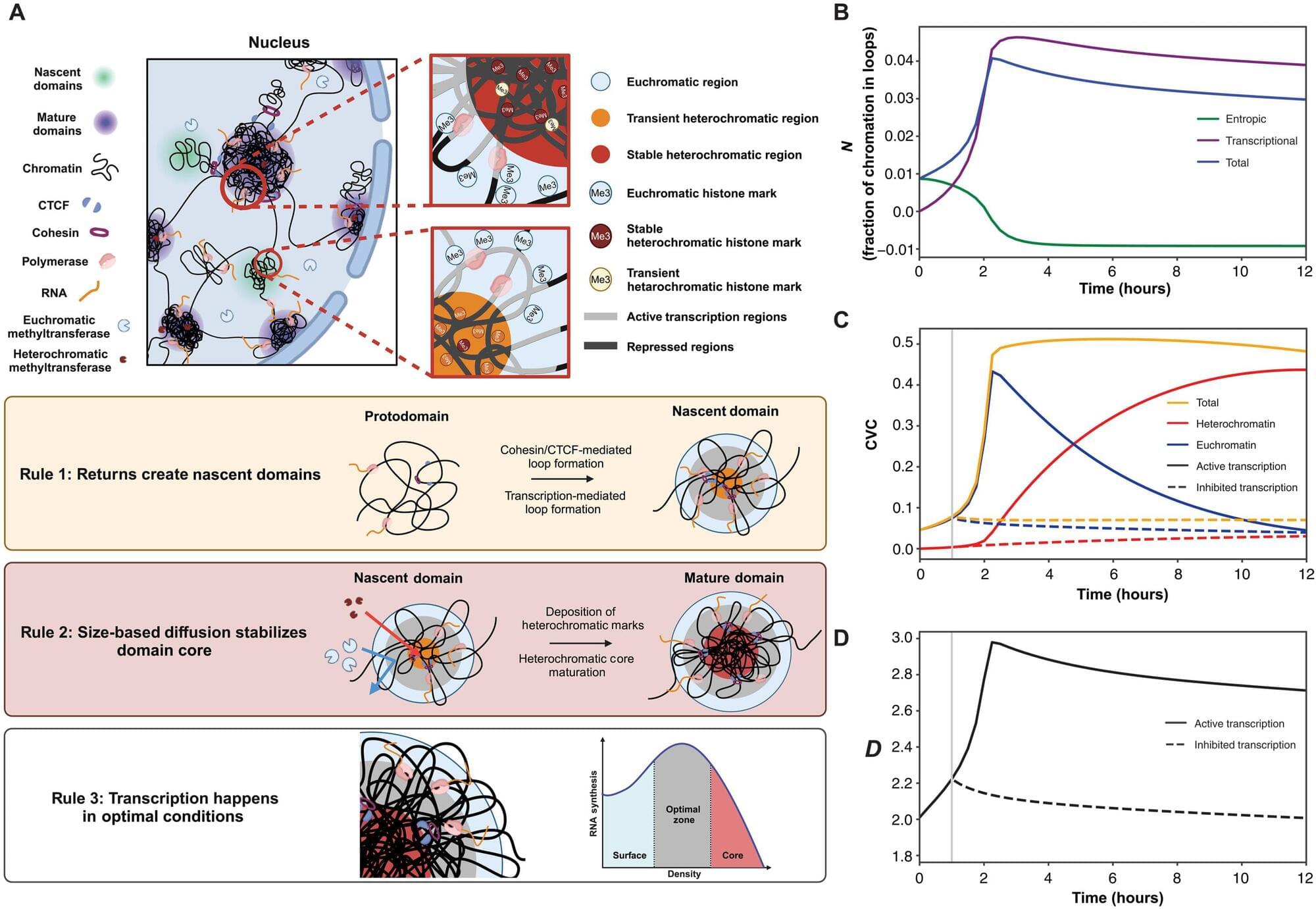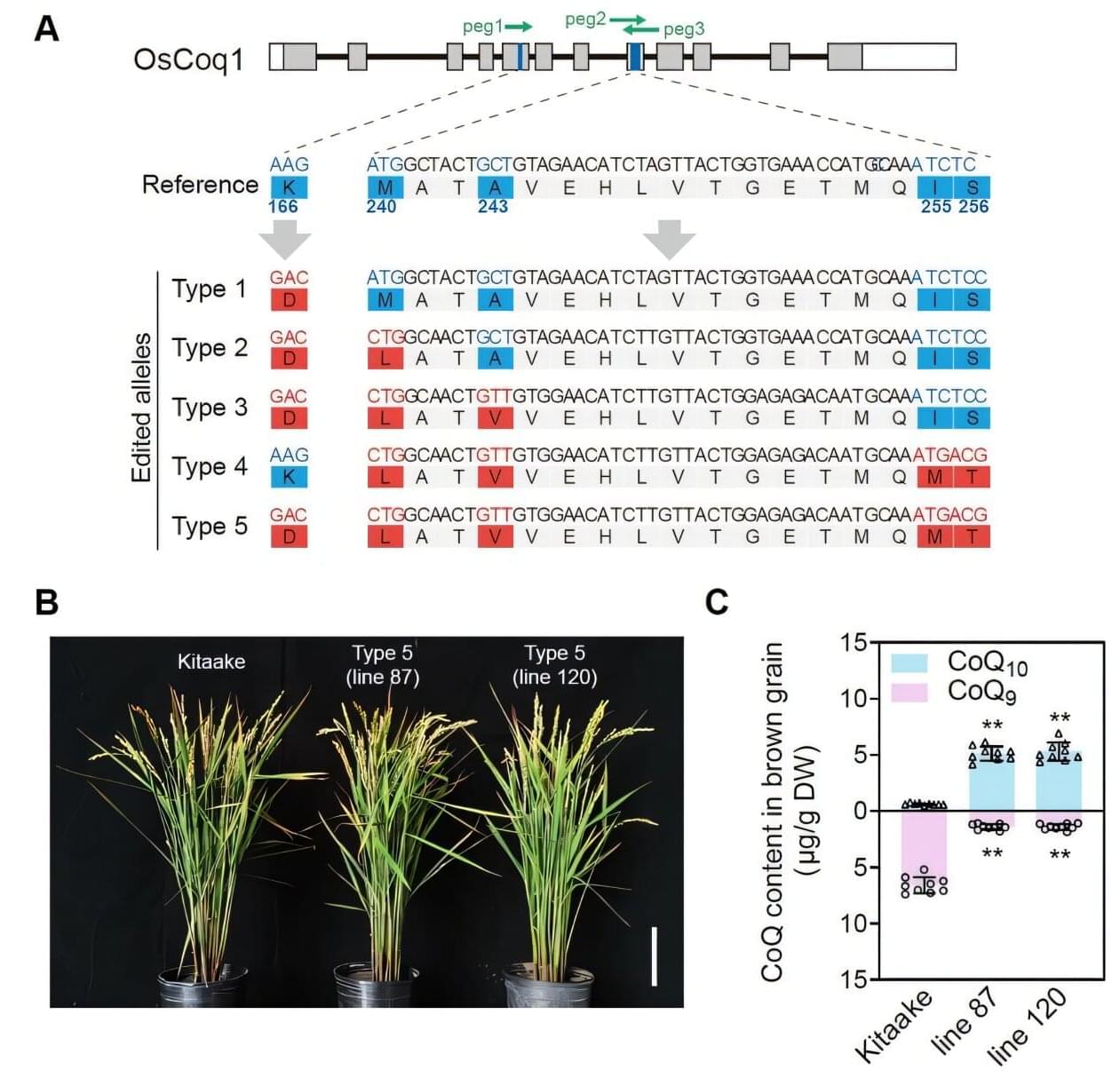Curing Cancer In A Flash — Dr. Bill Loo, Jr., MD, PhD — Professor, Stanford Medicine / Co-Founder, TibaRay Inc
Dr. Billy W. Loo Jr., MD PhD (https://med.stanford.edu/profiles/6839) is a Professor of Radiation Oncology, a member of the Stanford Cancer Institute, the Molecular Imaging Program at Stanford (MIPS), and of Bio-X Interdisciplinary Biosciences Institute. He is a physician-scientist Radiation Oncologist and Bioengineer who directs the Thoracic Radiation Oncology Program and is Principal Investigator of the FLASH Sciences Lab at Stanford (https://med.stanford.edu/loo-lab.html).
Dr. Loo’s clinical specialty is precision targeted radiotherapy for lung/thoracic cancers, including stereotactic ablative radiotherapy (SABR). Dr. Loo is a recognized expert in thoracic cancers serving on multiple national committees (including as writing member or vice-chair) that publish clinical guidelines on the treatment of lung cancer and other thoracic malignancies, particularly the National Comprehensive Cancer Network (NCCN).
Dr. Loo’s clinical research is in clinical trials and implementation of new treatment techniques for lung cancer, and development of new medical imaging methods for measuring organ function and predicting response to cancer treatment. He also has developed novel applications of SABR including treatment of pulmonary emphysema and cardiac arrhythmias.
The research focus of the FLASH Sciences Lab at Stanford, directed by Dr. Loo, is the development and study of extremely rapid FLASH therapy to optimize the biological therapeutic index of cancer radiotherapy, and the technological infrastructure for this basic research and its clinical translation.
